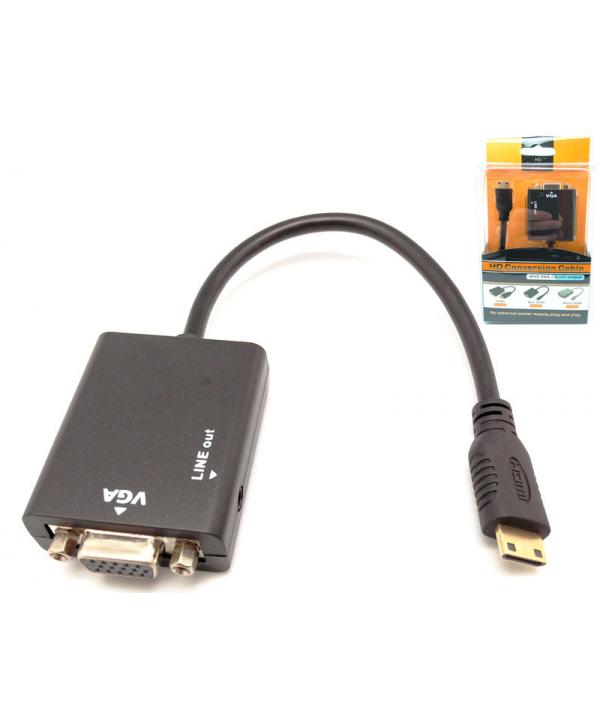
This means that your external monitor can look different from the one on your Mac screen. If you still want to use your Mac screen and just extend your workspace, you can opt to use extended desktop mode. You will see the number of displays under the Video Support section. From there, you can click Specifications and a window will appear. Select About This Mac and choose Support. You can check this by going to the Apple menu, represented by the Apple logo on the upper-left corner of your screen.

Then you go to full screen preferences (in avid settings) and move the panel to the LCD screen, to teach the avid which screen you choose for this function. The avid automatically detect all the space and let you put the windows (timeline, composer) wherever you like. Once you have solved this, you should have an extended desktop made of two different screens, where you could move your mouse pointer from one to another. There you have to disable the mirror view, and can physically arrange the positions of each screen relative to each other, grabbing them to the position you desired (though the usual thing is computer screen on the left, and LCD screen on the right).

To solve it, you have to go to screen preferences (I do not remember if that’s the exact name, because I am using Spanish as my system language), on your mac system preferences (not the avid ones). I think that your problem is that you may have screen mirror set on, and because of that, the LCD screen just mimics what is already in your computer screen. But you can configure both methods (1 or 2).

I use the 2nd case: full screen on the LCD, and composer, timeline and bins on the computer monitor.


 0 kommentar(er)
0 kommentar(er)
